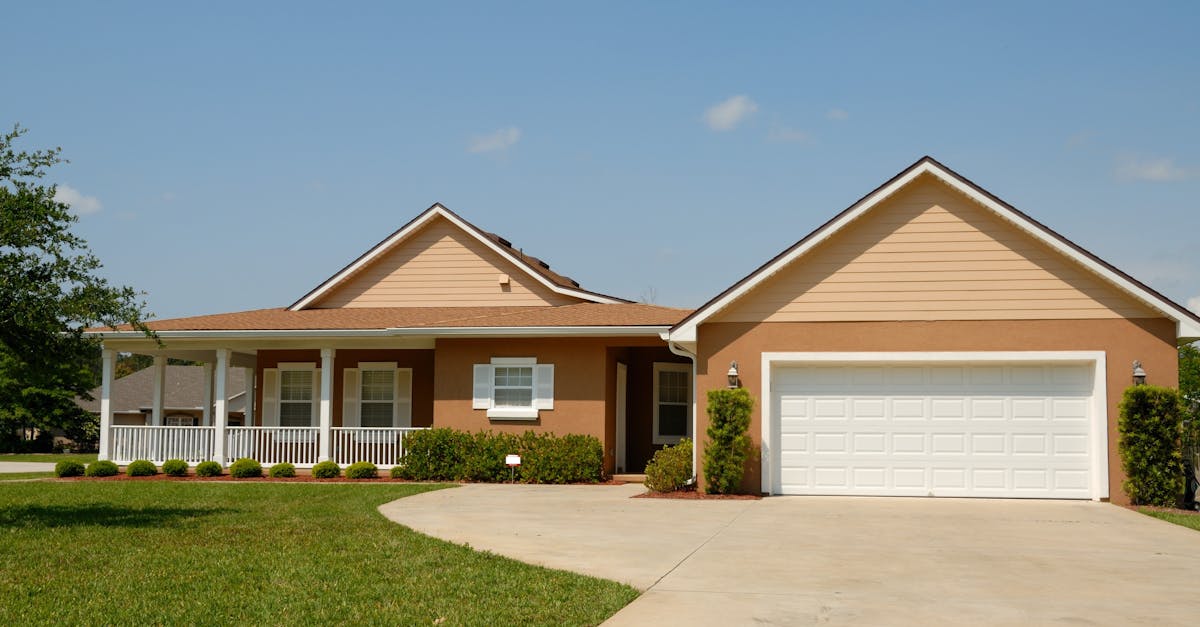Residential Real Estate Investment Trust company Invitation Homes fell to $29.77 today. marking a -3.4% change compared to the S&P 500, which moved 1.0%. INVH is -26.45% below its average analyst target price of $40.47, which implies there is more upside for the stock. As such, the average analyst rates it at buy. Over the last year, Invitation Homes has underperfomed the S&P 500 by -3.5%, moving -23.3%.
Invitation Homes is the nation's premier single-family home leasing company, meeting changing lifestyle demands by providing access to high-quality, updated homes with valued features such as close proximity to jobs and access to good schools. The company's mission, "Together with you, we make a house a home," reflects its commitment to providing homes where individuals and families can thrive and high-touch service that continuously enhances residents' living experiences. The company is part of the real estate sector, which is mostly composed of REITs (Real Estate Investment Trusts). But there are a few real estate development and service companies included in the sector as well. While the value of REIT tracks the value of underlying investments in real property, the value of shares in real estate companies depends not only on the economic factors affecting the real estate market generally, but also investor perceptions regarding the future of the company.
Invitation Homes's trailing 12 month P/E ratio is 51.3, based on its trailing Eps of $0.58. The company has a forward P/E ratio of 41.3 according to its forward Eps of $0.72 -- which is an estimate of what its earnings will look like in the next quarter. As of the third quarter of 2022, the average Price to Earnings (P/E) ratio for US real estate companies is 27.16, and the S&P 500 has an average of 15.97. The P/E ratio consists in the stock's share price divided by its earnings per share (Eps), representing how much investors are willing to spend for each dollar of the company's earnings. Earnings are the company's revenues minus the cost of goods sold, overhead, and taxes.
To better understand INVH’s valuation, we can divide its price to earnings ratio by its projected five-year growth rate, which gives us its price to earnings, or PEG ratio. Considering the P/E ratio in the context of growth is important, because many companies that are undervalued in terms of earnings are actually overvalued in terms of growth.
Invitation Homes’s PEG is 2.87, which indicates that the company is overvalued compared to its growth prospects. Bear in mind that PEG ratios have limits to their relevance, since they are based on future growth estimates that may not turn out as expected.
An analysis of the company's gross profit margins can help us understand its long term profitability and market position. Gross profits are the company's revenue minus the cost of goods only, and unlike earnings, don't take into account taxes and overhead. Here's an overview of Invitation Homes's gross profit margin trends:
| Date Reported | Revenue ($) | Cost of Revenue ($) | Gross Margins (%) | YoY Growth (%) |
|---|---|---|---|---|
| 2021-12-31 | 1,995,069,000.0 | 777,759,000.0 | 61.02 | 2.64 |
| 2020-12-31 | 1,822,828,000.0 | 739,156,000.0 | 59.45 | 1.55 |
| 2019-12-31 | 1,764,685,000.0 | 731,601,000.0 | 58.54 | 0.65 |
| 2018-12-31 | 1,722,962,000.0 | 720,896,000.0 | 58.16 | n/a |
- Average gross margin: 59.3 %
- Average gross margin growth rate: 1.6 %
- Coefficient of variability (lower numbers indicating more stability): 2.1 %
We can see from the above that Invitation Homes's gross margins are very strong. Potential investors in the stock will want to determine what factors, if any, could derail this attractive growth story.
Companies have many costs that arise independently from their core business: cost of maintaining debt, rent payments, capital expenditures, depreciation, etc. When all of these separate cash flows are taken into account, we are left with the company's free cash flow, which for Invitation Homes was $907,660,000.00 as of its last annual report.
Over the last 4 years, the company's average free cash flow has been $706,935,750.00 and they've been growing at an average rate of 17.8%. With such strong cash flows, the company can not only re-invest in its business, it can afford to offer regular returns to its equity investors in the form of dividends. Over the last 12 months, investors in INVH have received an annualized dividend yield of 2.9% on their capital.
Another valuation metric for analyzing a stock is its Price to Book (P/B) Ratio, which consists in its share price divided by its book value per share. The book value refers to the present liquidation value of the company, as if it sold all of its assets and paid off all debts). Invitation homes's P/B ratio indicates that the market value of the company exceeds its book value by a factor of 1.8, but is still below the average P/B ratio of the Real Estate sector, which stood at 2.39 as of the third quarter of 2022.
Invitation Homes is likely fairly valued at today's prices because it has an inflated P/E ratio, a lower P/B ratio than the sector average, and a steady stream of strong cash flows with an upwards trend. The stock has mixed growth indicators because of its consistently strong gross margins that are increasing, and an above average PEG ratio. We hope this preliminary analysis will encourage you to do your own research into INVH's fundamental values -- especially their trends over the last few years, which provide the clearest picture of the company's valuation.
Thanks for reading! For more daily equity analysis, subscribe to our free newsletter!


